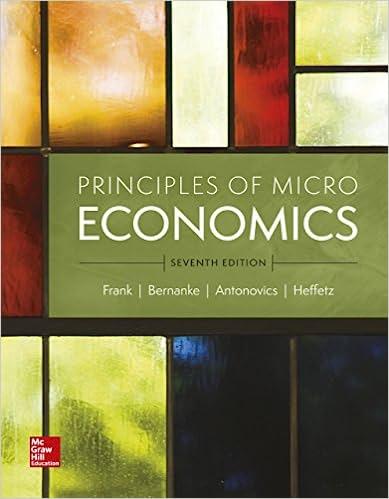Question
Consider a consumer who buys insurance. The consumer will have an income of m = 100. She can consume all of her income in case

Consider a consumer who buys insurance. The consumer will have an income of m = 100. She can consume all of her income in case of no accident, while she can consume $36 in case of accident. The probability of accident is 50%. At the price (premium) of p, the consumer can buy an insurance in which she can get s in case of accident. Let define cj as the final consumption in case of accident and C2 in case of no accident. A. The consumer's utility from final consumption is u(Ct) = VCt, where t = 1, 2. Suppose that the consumer can buy an insurance with s = 64. What is the maximum amount the consumer is willing to pay for this insurance? Illustrate your answer using a graph. If the consumer's utility from final consumption is now u(Ct) = Ct, what is the maximum amount the consumer is willing to pay for the insurance with s = 64? Compare to the case where u(ct) = Ct, does the consumer's willingness to pay for the insurance increase or decrease? Explain your answer. B. The consumer's utility from final consumption is u(ct) = 2 ct. Suppose that an insurance company sells an insurance in which the company gets $4 profit. Would the consumer buy this insurance? If so, solve p and s for this insurance, and explain why the consumer buys such an insurance. Illustrate it using a graph.

Step by Step Solution
There are 3 Steps involved in it
Step: 1

Get Instant Access to Expert-Tailored Solutions
See step-by-step solutions with expert insights and AI powered tools for academic success
Step: 2

Step: 3

Ace Your Homework with AI
Get the answers you need in no time with our AI-driven, step-by-step assistance
Get Started


